Ever notice how some dog breeds have an uncanny knack for stealing food? These smartest pups are food motivated, always sniffing out snacks left unattended on the counter or table. No meal is ever completely safe when they’re around.
Whether it’s a juicy burger dropped on the floor or a treat tucked inside a plastic bag, some dogs just can’t resist a good food heist. Their curiosity, intelligence, and bold behavior turn every meal into a potential adventure. Their sneaky ways can surprise even the most prepared owners.
While their cleverness can be entertaining, it also challenges family dogs to show good behavior. Understanding why some pups are prone to stealing food helps owners laugh, prepare, and even turn snack time into fun play, retrieving games.
Now, let’s meet the sneaky pups who might just outsmart you for your next bite!
Dog Breeds Most Likely To Steal Your Food
1. Labrador Retriever
Labrador Retrievers are among the dog breeds most likely to steal your food. Their love for snacks is legendary, and many Labs seem to always be on the lookout for extra bites. A moment of distraction in the kitchen or at the table can quickly turn into a clever food grab.
This behavior is partly genetic, as some Labradors carry a mutation that makes them feel hungry more often than other dogs, according to research.
Combined with their intelligence and curiosity, this drives them to find creative ways to access food. Their playful persistence often leaves owners both amused and slightly exasperated.
Despite these mischievous tendencies, Labradors are highly trainable. With consistent guidance, structured feeding routines, and regular exercise, owners can manage their food-stealing behavior.
Their love of treats, combined with a fun-loving personality, makes them entertaining companions while keeping them from getting into too much trouble.
2. Beagle
Beagles are notorious for their love of food, which makes them one of the dog breeds most likely to steal snacks.
Their strong sense of smell and high energy drive them to seek out any unattended food, even an unattended sandwich, from counters to cabinets. Even a moment of distraction can lead to clever food-grabbing antics.
Obesity is a common concern for Beagles due to their insatiable appetite. Left unchecked, they can overeat and rummage through anything within reach. Owners need to measure meals carefully and keep tempting treats out of sight to prevent overeating and unhealthy weight gain.
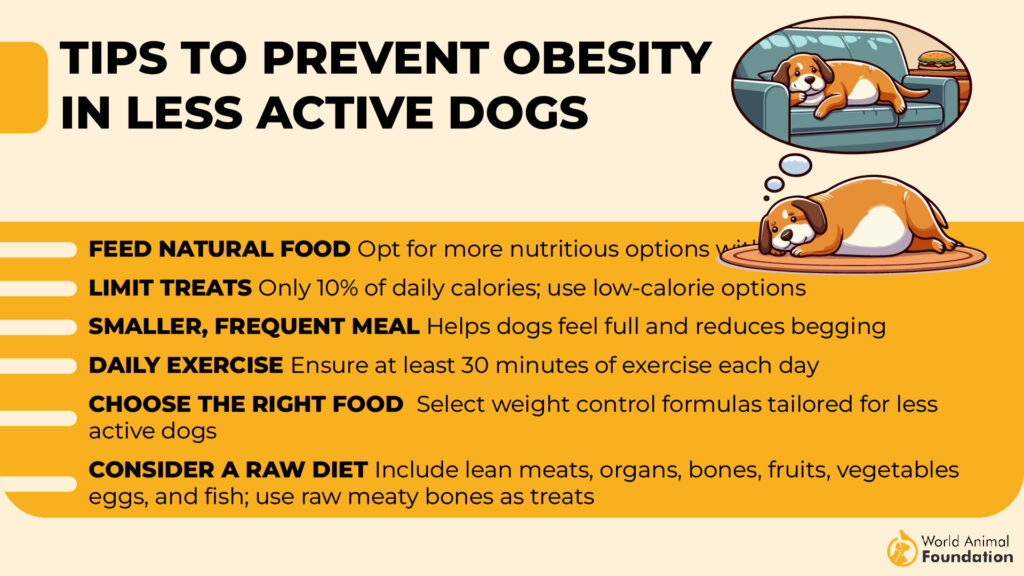
Sometimes Beagles eat things they shouldn’t, a behavior known as pica, which can cause vomiting, diarrhea, pancreatitis, or even intestinal blockages as per PetMD.
Monitoring their food and seeking veterinary guidance when necessary ensures these playful dogs stay healthy while satisfying their love for snacks safely.
3. Dachshund
Dachshunds are among the small dog breeds most likely to steal food. Their cleverness and determination drive them to explore counters, tables, and unattended bags, making every meal a potential snack opportunity. Even a brief distraction can give them the chance to grab a tasty bite.
This strong food drive, combined with their short legs and limited mobility, makes Dachshunds prone to obesity.
Extra weight puts stress on their long backs, which are vulnerable to IVDD and other orthopedic issues. Gentle exercise, short walks, and controlled play sessions help maintain both fitness and spinal health.
Keeping treats out of reach, using pet stairs or ramps, and monitoring portion sizes are effective ways to manage their snack-seeking behavior. With these precautions, Dachshunds can enjoy their love of food safely while staying healthy and active.
4. Golden Retriever
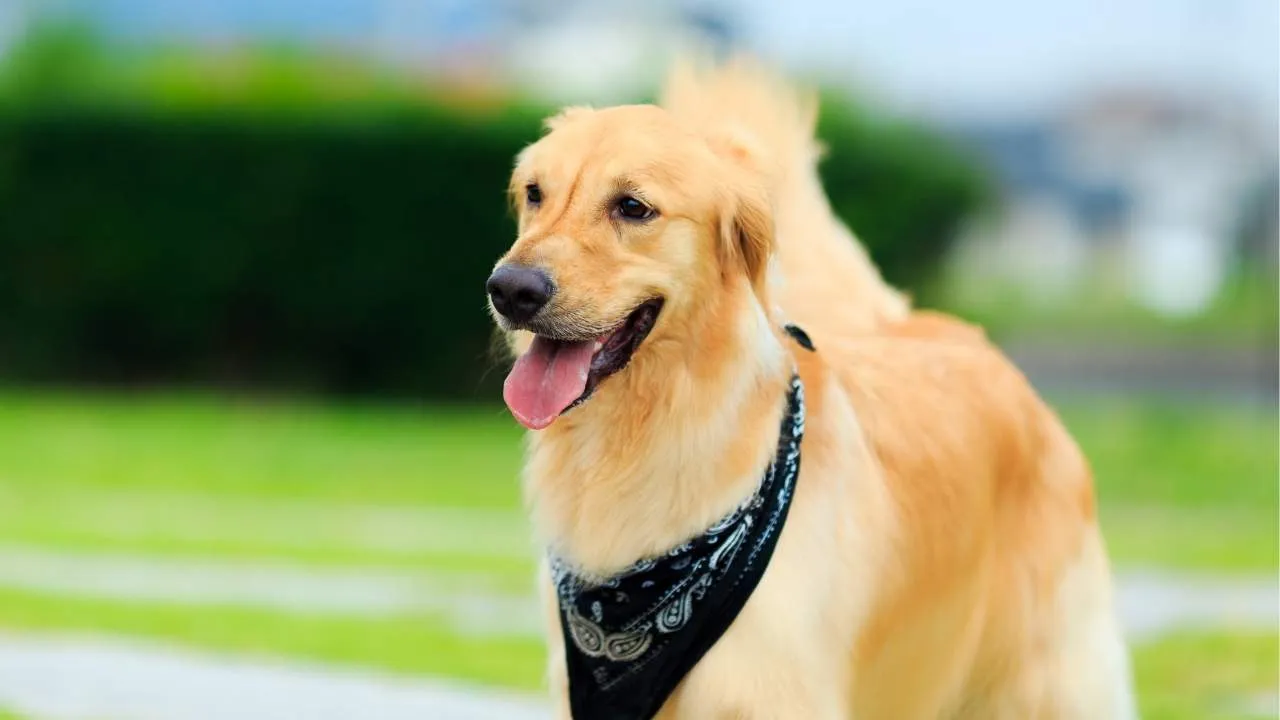
Golden Retrievers are known for their playful curiosity and love of food, which often leads them to steal snacks if left unattended. Their natural instinct to retrieve can turn counters, tables, or bags into prime targets for a quick bite. Even a brief distraction can give them the chance to snatch treats.
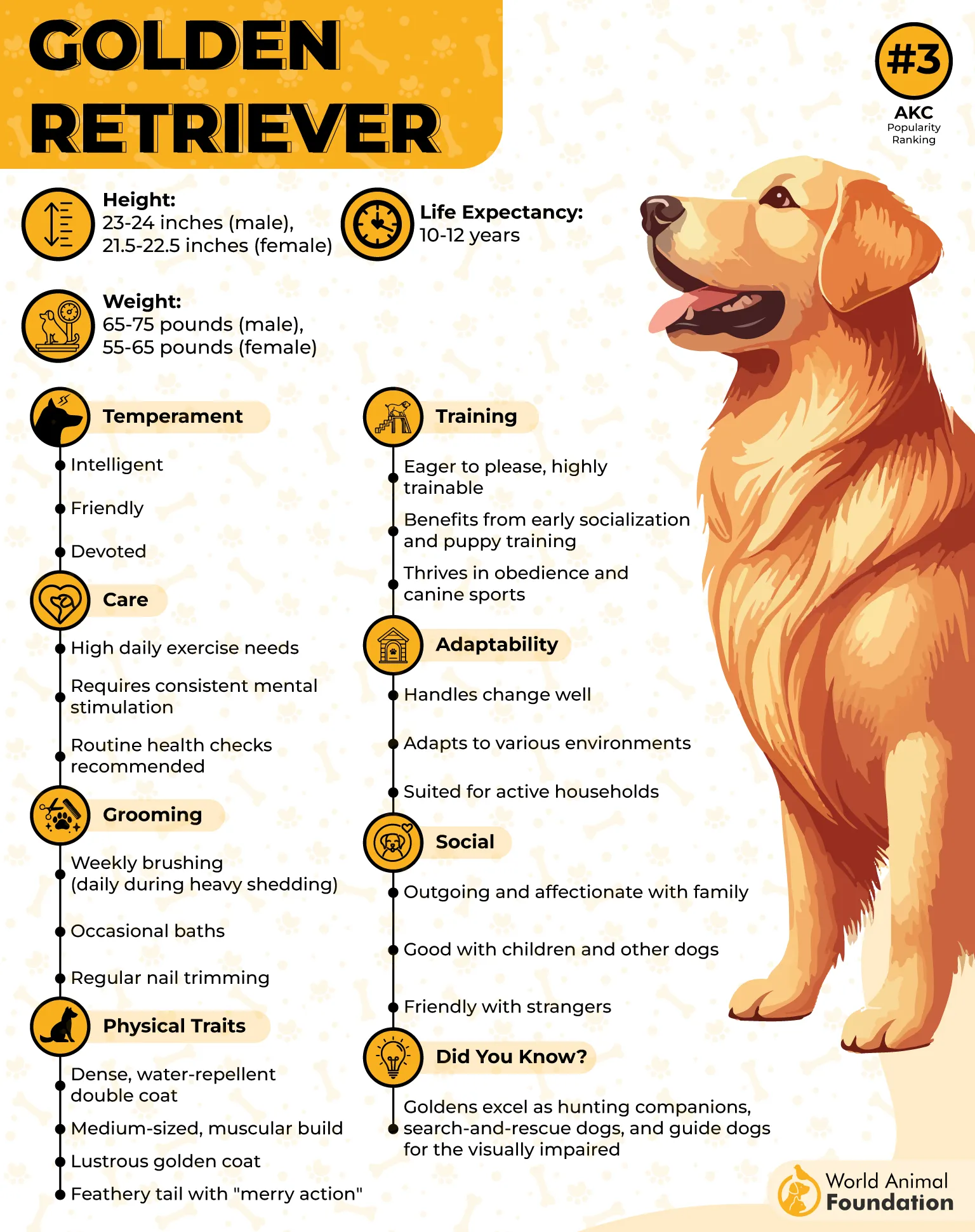
Full-grown Golden Retrievers do well with twice-daily feedings, while puppies need three to four smaller meals each day. Using slow-feeder bowls or interactive puzzles can slow their eating, keep them mentally engaged, and prevent digestive issues caused by rapid consumption.
Monitoring weight and body condition is essential, especially for puppies, to avoid rapid growth that may stress their joints.
Transitioning to a large-breed adult formula and following your veterinarian’s guidance ensures they maintain a healthy weight while satisfying their love of food safely.
5. Jack Russel Terrier

With boundless energy and clever instincts, Jack Russell Terriers have a reputation for sneaky snack raids.
Their determination and intelligence help them discover creative ways to reach treats, whether by jumping onto low surfaces or squeezing into tight spaces. Their playful antics often leave owners both amused and exasperated.
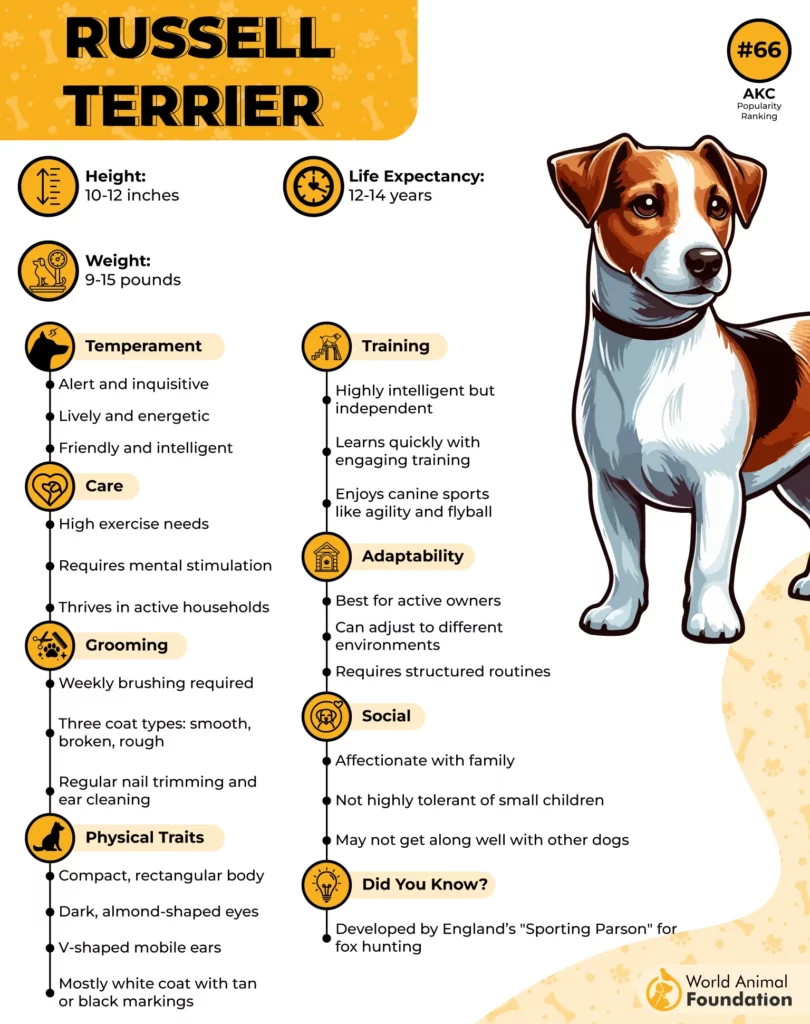
Though small, Jack Russells can leap up to five feet, giving them access to snacks on chairs, counters, or low tables. This agility turns everyday kitchens into exciting hunting grounds for their next tasty target.
Preventing food-stealing involves positive reinforcement training. Teaching commands like “down,” rewarding them when they stay grounded, and keeping treats out of reach reduces the temptation to raid your pantry.
With consistent guidance, these energetic little dogs can satisfy their curiosity without turning every meal into a food heist.
6. Boxer
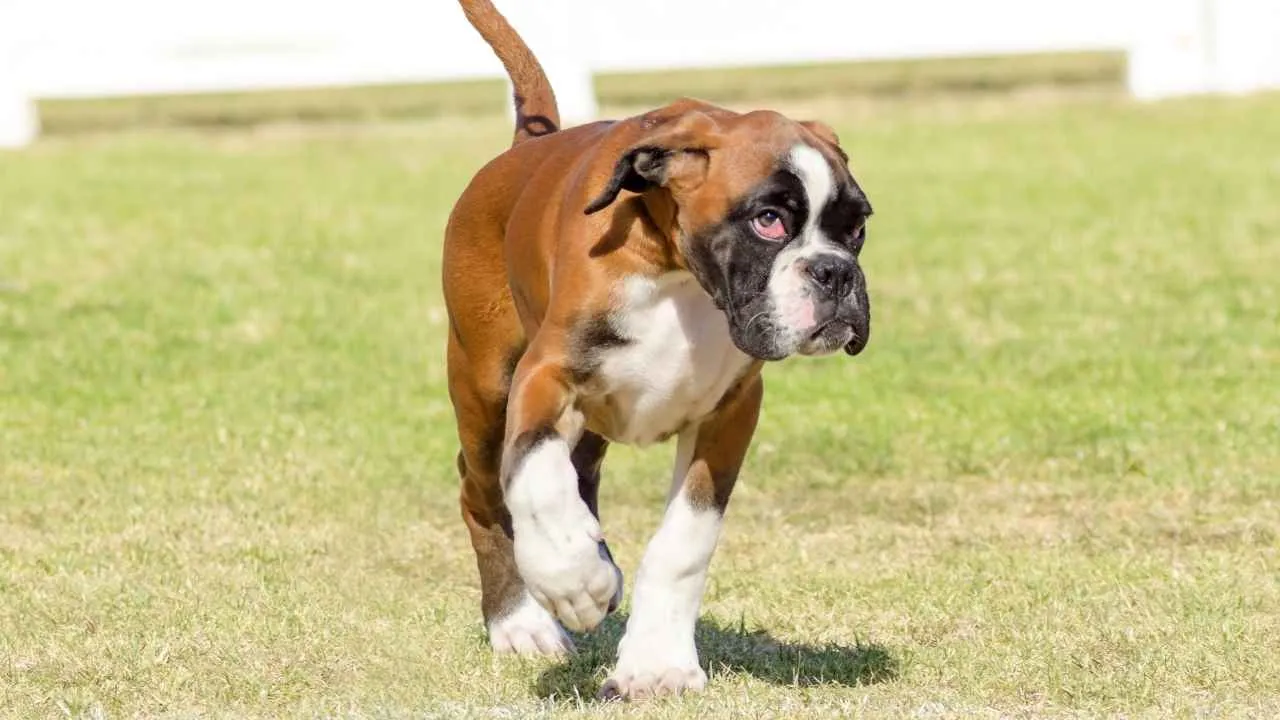
Boxers have a strong appetite and playful curiosity, which can lead them to steal food if it’s left unattended. Their cleverness and determination allow them to sniff out snacks on counters, tables, or even in bags. A brief distraction is all it takes for a quick food heist.
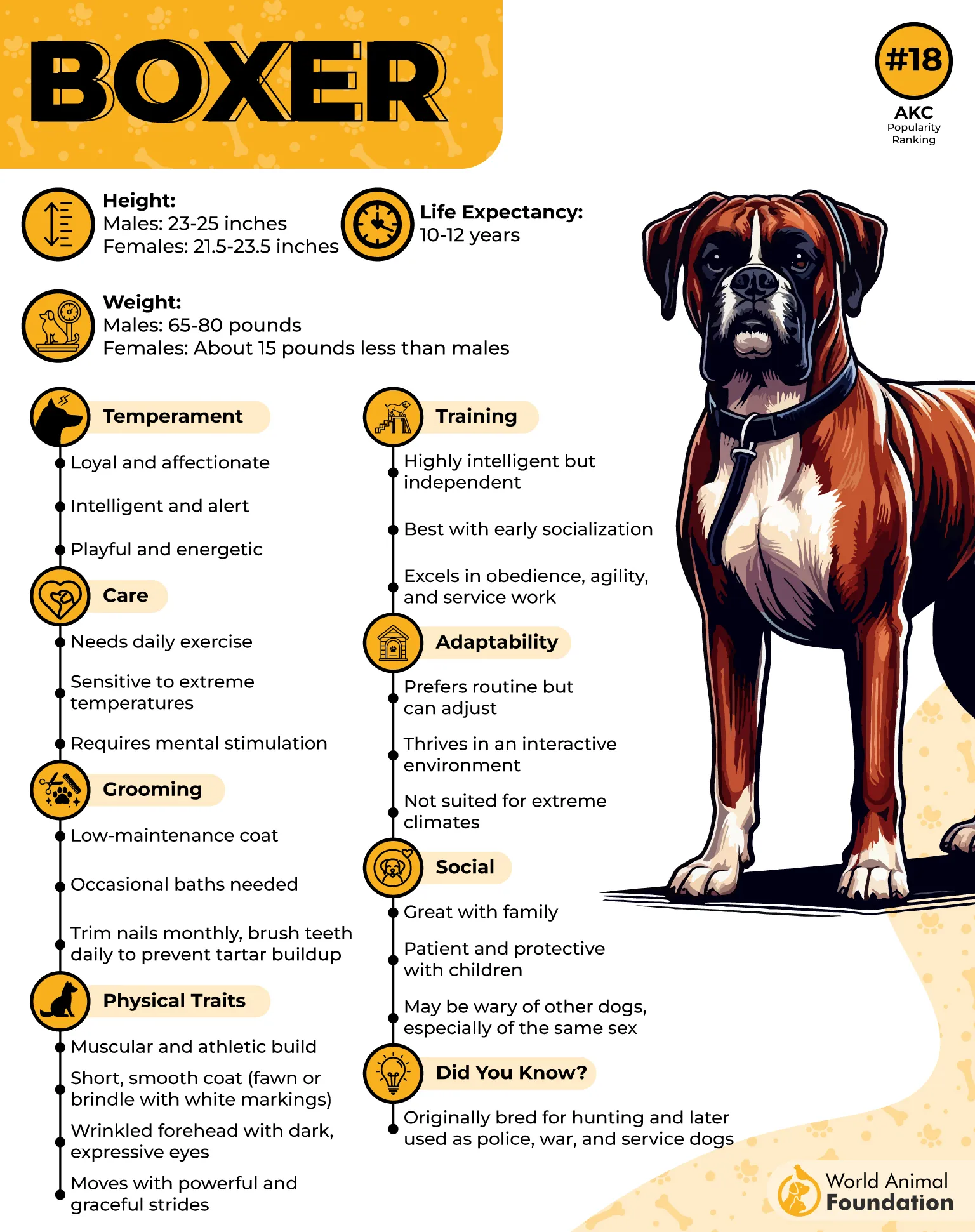
These energetic dogs require regular exercise to stay healthy and prevent boredom, which can increase food-stealing behavior, according to WebMD.
Running, jumping, and playing games help expend energy while providing mental stimulation. Agility courses and obedience training are effective ways to engage their intelligence.
Providing high-quality meals in appropriate portions and keeping treats out of reach helps manage their appetite. With structured activity and consistent guidance, Boxers can satisfy their curiosity and love of food safely, reducing the temptation to raid your kitchen.
7. Clumber Spaniel

Clumber Spaniels may look calm and gentle, but their love of food can turn them into sneaky snack seekers.
Their stocky build prevents them from reaching high counters, yet they find creative ways to access meals, from trash cans to even refrigerators. Even small distractions can give them the chance to grab a bite.
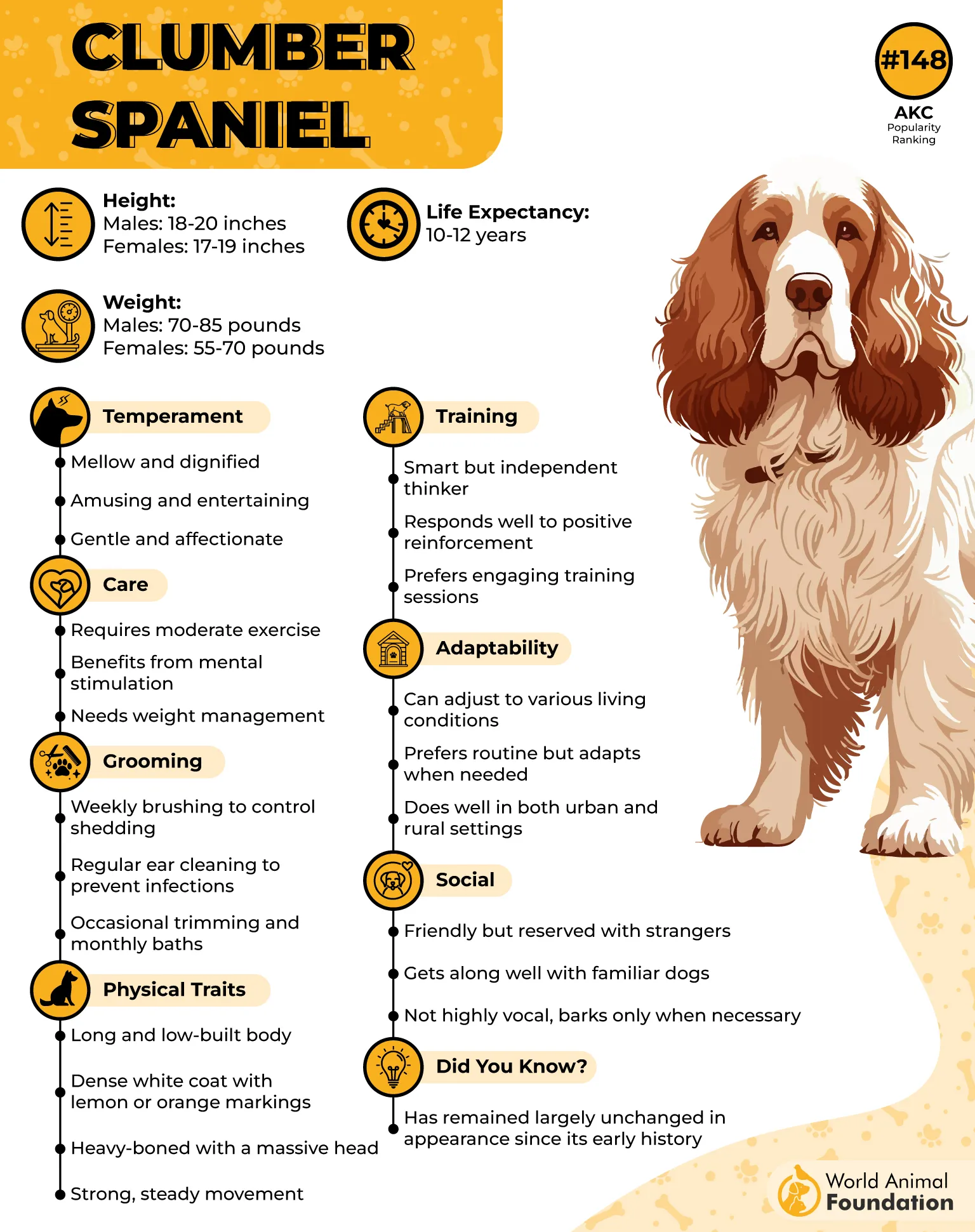
These dogs are voracious eaters and may chew or swallow non-food items, a behavior called pica. This can lead to digestive issues or bowel obstructions, making supervision essential.
Diversion-based training helps manage their snack-stealing tendencies. Redirecting attention with a chew toy or treat teaches them what is safe to eat. Consistently setting boundaries and offering alternatives keeps Clumber Spaniels engaged while protecting both your food and their health.
8. Great Dane
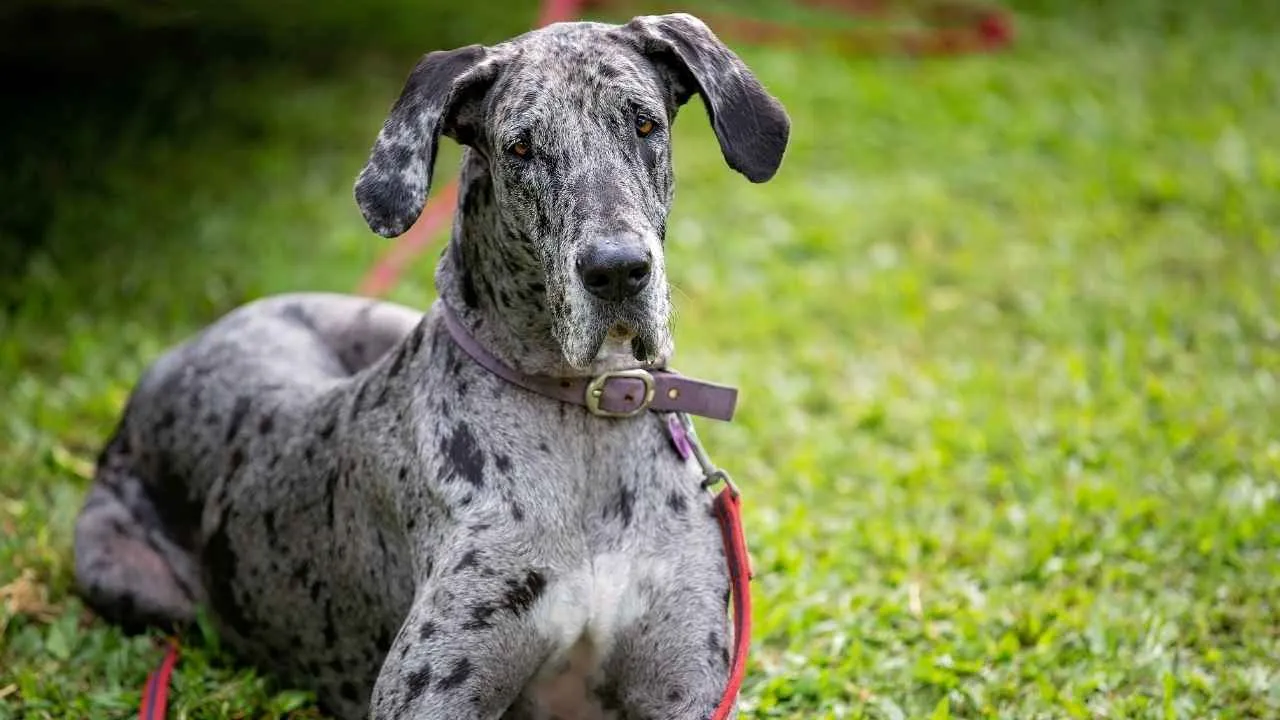
Great Danes are known for their size and strength, but they can also be determined food thieves. Their curiosity and love of food make them prone to sneaking bites from tables, counters, or unattended meals. Even a brief lapse in supervision can turn into a full-blown snack heist.
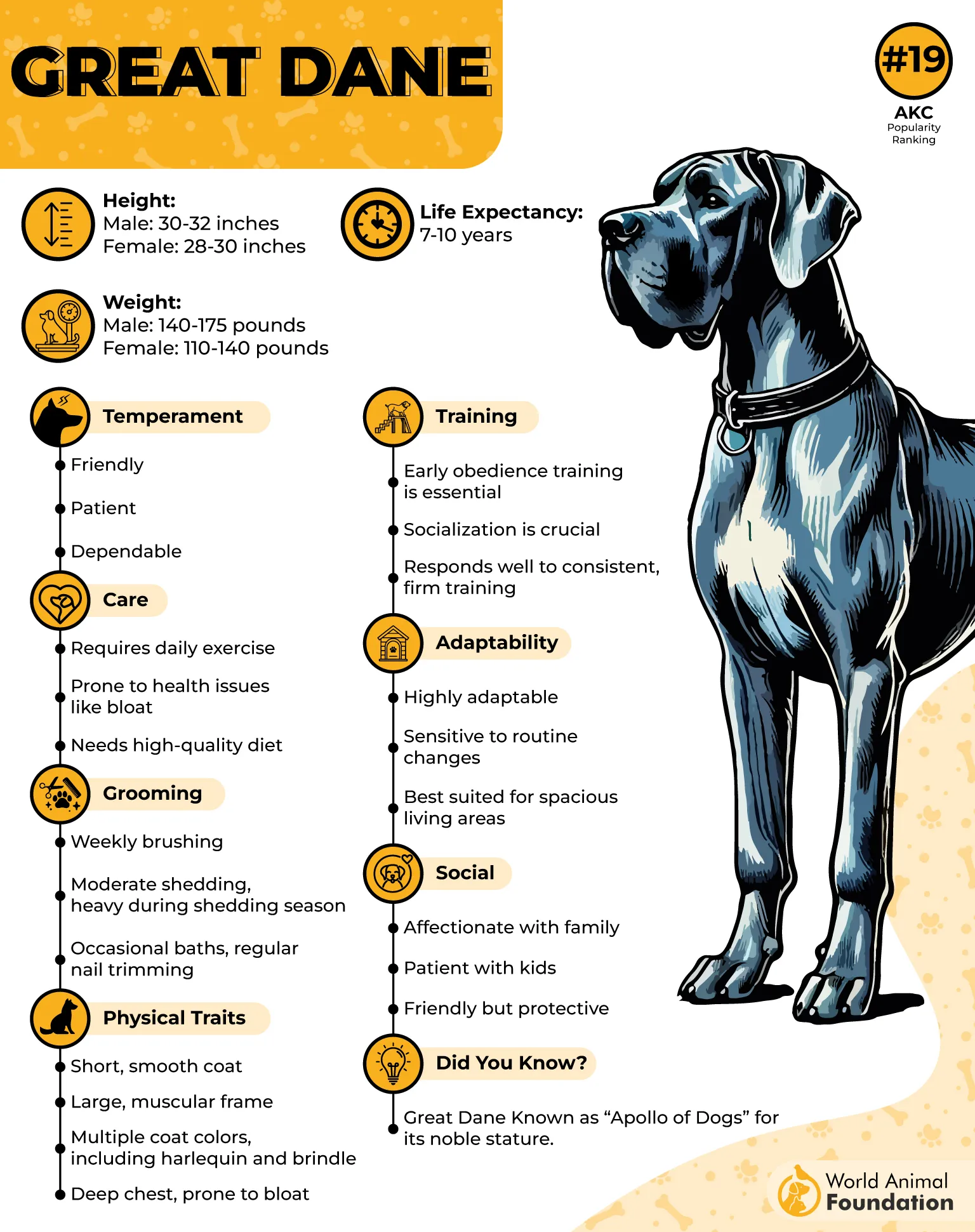
Their large size and high appetite mean portion control is essential. Feeding them appropriate meals based on age, avoiding human food, and consulting a veterinarian helps prevent overeating and weight-related issues. Small, frequent meals also reduce the risk of bloat, a serious condition common in the breed.
Keeping Great Danes mentally and physically engaged is key. Daily exercise, interactive toys, and a secure environment prevent boredom-driven food raids. With supervision, structure, and consistent training, these gentle giants can satisfy their love of food safely.
9. Siberian Husky
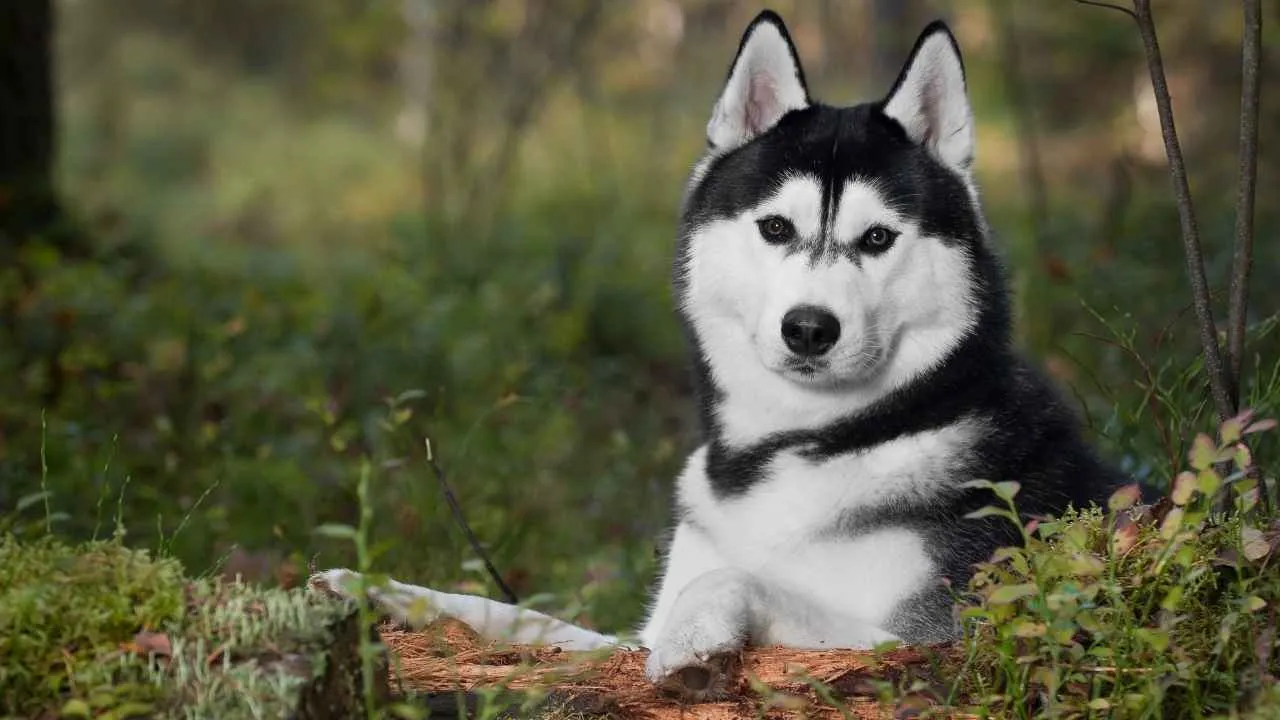
Siberian Huskies are clever and independent dogs, but their love of food often leads them to steal snacks whenever possible.
Their determination and agility make it easy for them to access unattended meals, countertops, or even bags left within reach. Even a small distraction can give them the perfect opportunity for a food heist.
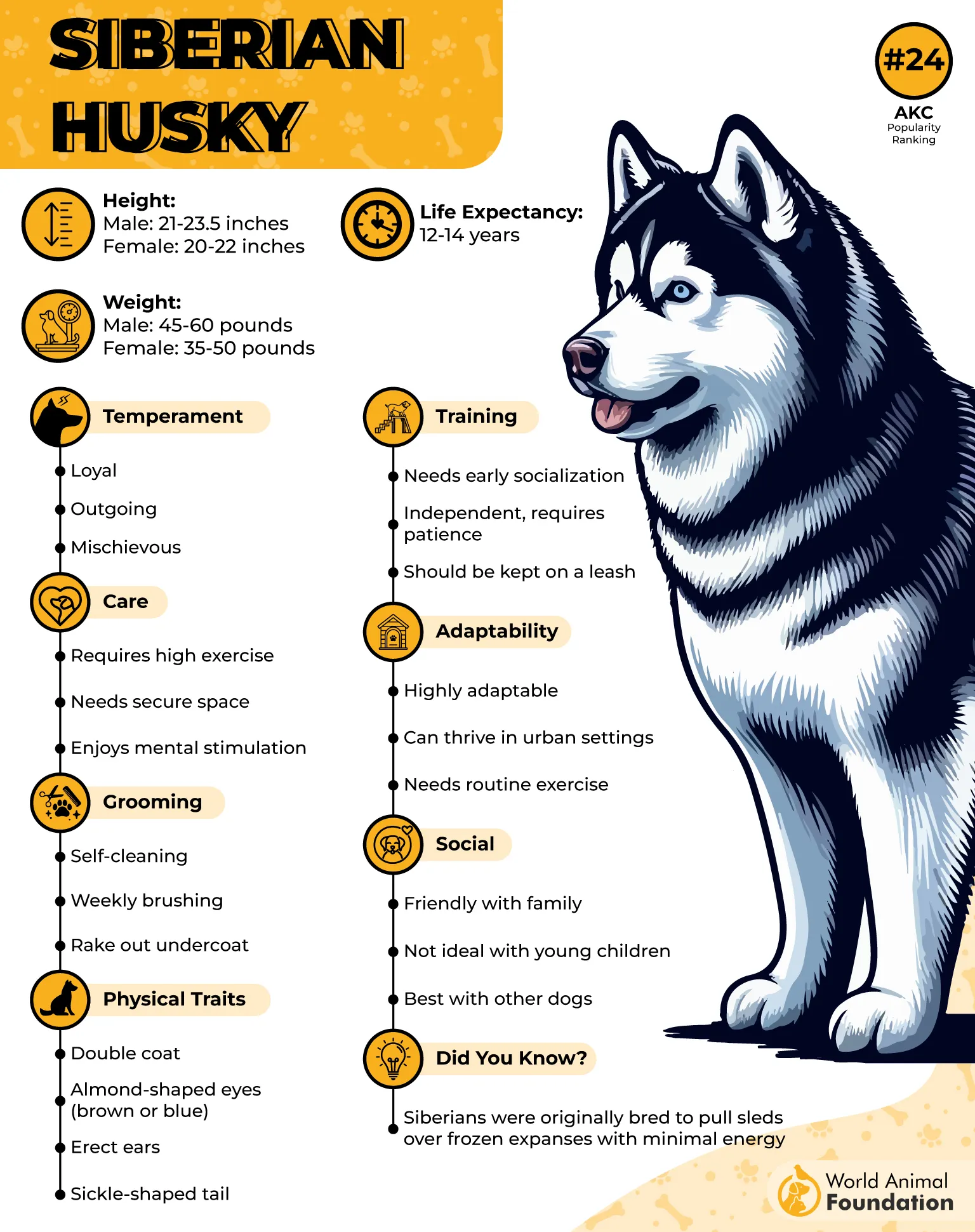
Feeding them high-quality, complete dog food in appropriate portions is essential. Splitting their daily allowance into two meals and accounting for treats helps prevent overeating. Treats should make up no more than 10% of their daily calories to maintain a balanced diet.
Keeping a routine for feeding and allowing a gap before exercise supports healthy digestion. Supervision, structured mealtimes, and safe storage of snacks reduce the temptation for Siberian Huskies to raid your kitchen while satisfying their appetite responsibly.
Conclusion
Food-stealing is a common, mischievous behavior among many dog breeds, from energetic Jack Russells to gentle Great Danes.
While each breed has its own personality and methods, the underlying motivator is usually the love of food and natural instincts. Whether it’s clever sniffing, acrobatic jumps, or relentless determination, these dogs can turn even the most careful mealtime into a challenge.
Managing this behavior requires a combination of supervision, structured feeding, and training. Keeping treats and meals out of reach, providing mental stimulation, and redirecting their energy into play or interactive toys helps prevent sneaky raids.
Regular exercise, proper portion control, and veterinary guidance also ensure that your dog stays healthy while satisfying their love of food safely.
With patience and consistent guidance, even the most notorious snack-seekers can enjoy treats appropriately without turning every meal into a heist.


